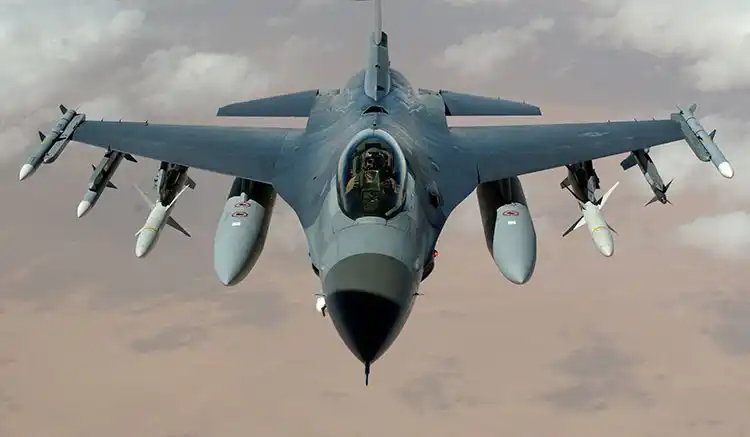Military Specification MIL-A-8625
Anodic Coatings for Aluminum & Aluminum Alloys
This specification is the model for much of the anodizing specified for military and aerospace products. It covers the requirements for six types and two classes of anodizing for nonarchitectural applications. MIL-A-8625 also forms the basis for many anodizing specifications that are proprietary to individual companies. Nearly all of these proprietary specifications refer to one or more requirements of this mil spec.
The specification includes broad processing conditions for anodizing. It also gives important performance and acceptance criteria for such attributes as coating weight, corrosion resistance, light fastness, paint adhesion, abrasion resistance, and dying. Additionally, standards are set for general appearance, workmanship, contact marks, inspection, process control, and testing.
The anodic coating types and classes are:
Types I and IB are used when outstanding corrosion resistance, paint adhesion, and fatigue resistance are required.
Types IC and IIB are used for these same attributes. An example of Type IC would be the Boeing Boric-Sulfuric Anodizing process. Type IIB is a thin film sulfuric acid anodize.
The specification states that anodic coating thickness should be specifically called out by the purchase documents and/or the part drawing.
An example of a hard anodized and black dyed finish designated by this specification would be: MIL-A-8625(latest version), Type III, Class 2 black, 2.0 mil coating thickness

| Type I Chromic acid anodizing (conventional) | Type IIB Sulfuric acid anodizing (for use as a non-chromate alternative for Type I and IB coatings) |
| Type IB Chromic acid anodizing (low voltage method) | Type III Hard anodize |
| Type IC Non-chromic acid anodizing (for use as a non-chromate alternative for Type I and IB coatings) | Class I Non-dyed |
| Type II Sulfuric acid anodizing (conventional) | Class II Dyed |
